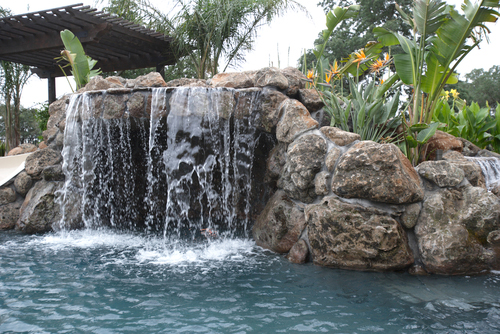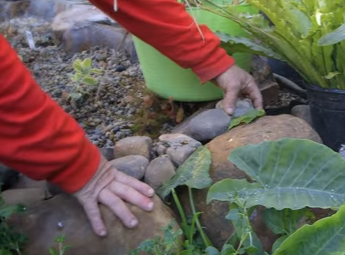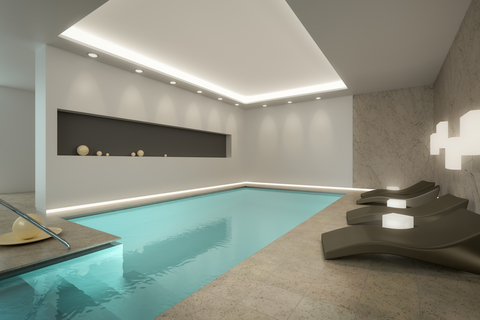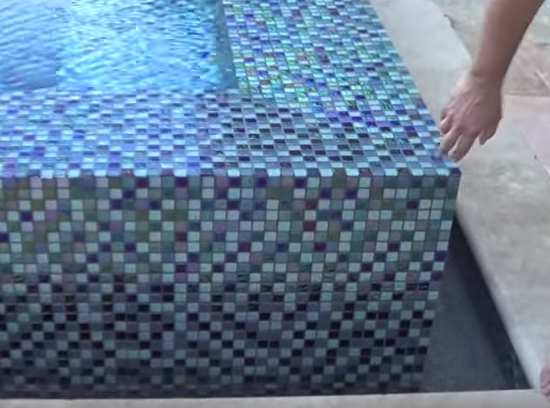ARTICLES
Advance Search
Aquatic Health
Aquatic Health, Fitness & Safety
Around the Internet
Aquatic Culture
Aquatic Technology
Artful Endeavors
Celebrity Corner
Life Aquatic
Must-See Watershapes
People with Cameras
Watershapes in the Headlines
Art/Architectural History
Book & Media Reviews
Commentaries, Interviews & Profiles
Concrete Science
Environment
Fountains
Geotechnical
Join the Dialogue
Landscape, Plants, Hardscape & Decks
Lighter Side
Ripples
Test Your Knowledge
The Aquatic Quiz
Other Waterfeatures (from birdbaths to lakes)
Outdoor Living, Fire Features, Amenities & Lighting
Plants
Ponds, Streams & Waterfalls
Pools & Spas
Professional Watershaping
Structures (Editor's Notes)
Travelogues & History
Water Chemistry
WaterShapes TV
WaterShapes World Blog
Web Links
Around the Internet
Aquatic Culture
Aquatic Technology
Artful Endeavors
Celebrity Corner
Life Aquatic
Must-See Watershapes
People with Cameras
Watershapes in the Headlines
When agitated or flowing water moves through the air, it loses carbon dioxide. That's particularly significant in systems with fountain jets, waterfalls or vanishing edges, observes Kim Skinner, with the loss affecting pH in ways that must be dealt with to avoid big problems.
The news wasn't great for public pools, hot tubs and waterparks in the days leading up to Memorial Day and the start of the 2016 swimming season: In five big states (Florida, New York, Texas, Arizona and California), a series of aquatic-facility inspections by the Centers for Disease Control & Prevention (CDC) found widespread violations and in some cases closed facilities pending remedial action. News of these inspections went viral
As I've suggested a couple times in the brief texts that have introduced the videos in this series on the spring cleaning of ponds, the process we pursue at Pond Digger Waterscape Design & Construction (Yucaipa, Calif.) is filled with opportunities - for minor adjustments, for new additions or, in this particular case, for completely changing directions and rethinking which forms of wildlife should occupy the ecosystem. Frankly, I doubt the
'I understand that everybody has to make a living,' wrote David Tisherman near the top of his Details column in the June 2006 edition of WaterShapes, 'and I've always known that there are many people in the watershaping world who make their daily bread by selling, designing and building the pool, starting it up, selling pool toys and acid and chlorine, servicing the pool, winterizing it in the fall and opening it back up in the spring.' 'The range of activities some people try to master beneath the umbrella of
Every once in a while, the fact that I'm not getting any younger smacks me right upside the head. This time, it's had to do with becoming a grandfather for the second time - an event that's led me to do more than the usual amount of reflecting in recent days and, in particular, think about instances when I've intertwined my personal and professional lives. My oldest daughter was born in 1985, just before I returned to Los Angeles after a few years' absence to take on the top editor's job with Pool & Spa News. By the time
I have always been inordinately fond of fireworks. Indeed, and as my children will not-so-patiently attest, my year isn't complete if I don't get to spend part of every Fourth of July either watching a big fireworks display or, better yet, helping to stage one myself.
In the summer of 1978, however, I was in France for most of the month of July and wasn't shocked to find that the Fourth passed with nary a skyward pop. But when I arrived in Aix-en-Provence on July 15, one of the first things the manager of my hotel recommended was getting up early the next morning to grab a seat in a sidewalk café on the town's main plaza to watch what he promised would be a breathtaking pyrotechnical display that evening.
My French was quite good back then, and I had a great time getting to know the people around me, all of them French and many of whom had grabbed their Bastille Day tables well before breakfast, as I had.
The display that evening was indeed glorious beyond expectations, Bastille Day supplemented by a huge jazz festival that filled the town and had everyone hopping, especially the folks who were jamming what seemed to be an endless supply of fireworks into mortars to send them rocketing up over the plaza. But as the day wore on, I started noticing a huge fountain at the center of the large traffic circle by which I sat: It, too, was more than a bit interesting.
On that Bastille Day, however, there was no access to it and its extent was mostly masked by all of the pyrotechnical staging. So I went back the next morning to check it out more closely. Known as Le Fontaine de la Rotonde, I learned that it had made its grand debut in 1860.
At about 70 feet wide and 40 feet tall, it would have dominated the plaza on any day other than Bastille Day. With a basin edged by lions and filled with dolphin-riding angels, birds and other elaborately carved figures, there's a central structure rising as a platform for a trio of figures representing justice, agriculture and the fine arts - key themes for what even a century earlier was a bustling provincial center.
What a great place! What a wonderful fountain! And I'm convinced that one day I'll go back to see it again - and I'll do it even if there is no chance of seeing any fireworks!
Yards Park is a wonderful open space in the Capitol Riverfront neighborhood of Washington, D.C. One of its main attractions is in the middle block of the park, where you'll find a grand watershape with a footprint that covers an area spanning 20 by 135 feet. At one end, there's a fountain/waterfeature that immediately catches the eye. But the big draw
Once U.S. designers and builders "discovered" vanishing edges - probably at some point in the 1980s, although the look emerged long before then with some forward-thinking architects and watershapers - we've never let this highly visual design detail go. I use these edge effects in my designs all the time, and setting them up in the best way possible has
'Gardens truly are for people. While that's manifestly an obvious statement,' wrote Bruce Zaretsky at the top of his On the Level column in May 2011, 'it seems to be a concept that insufficient numbers of today's watershape and landscape designers fully grasp.' 'That's nothing new. More than half a century ago, in fact, [Thomas] Church was motivated to





















